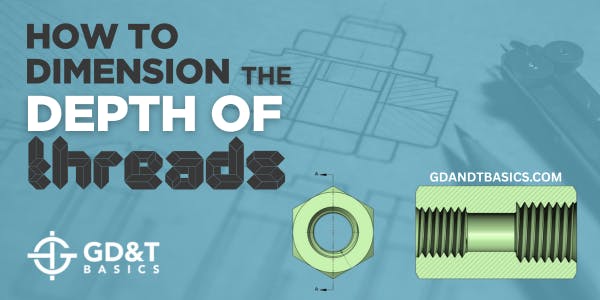
How to Dimension the Depth of Threads
In this Question Line video, Jason explains how to properly dimension the usable depth of an internal thread and reviews methods for checking it on a part.
Articles related to design concepts or application of GD&T to engineering prints

In this Question Line video, Jason explains how to properly dimension the usable depth of an internal thread and reviews methods for checking it on a part.
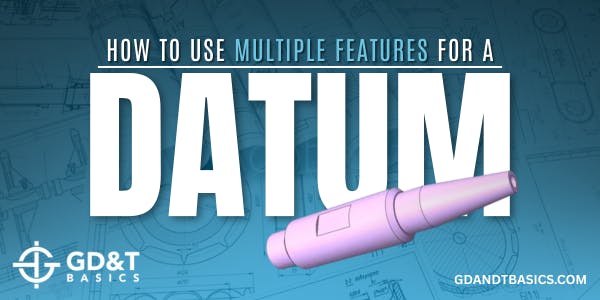
In this Question Line video, Jason explains why and how to use multiple features on a part to create one singular datum.
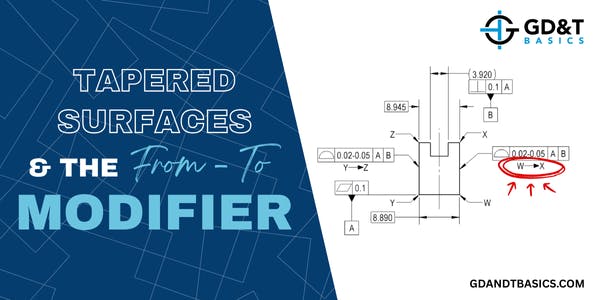
In this Question Line video, Jason demonstrates how the from-to modifier can be applied to create a wedge-shaped tolerance zone for tapered surfaces.

In this Question Line video, Jason reviews a simple part assembly to show how geometry and form factor into the tolerance stack-up analysis.
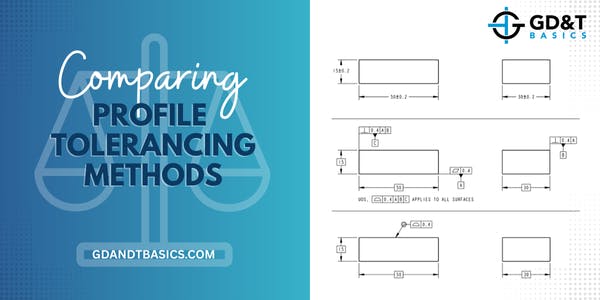
In this Question Line video, Jason reviews a submitted drawing toleranced three different ways and explains which option he would recommend.

In this Question Line video, Jason reviews a submitted drawing, explaining the difference between flatness and parallelism, and gives options on how to tolerance the drawing based on what is critical to the design.
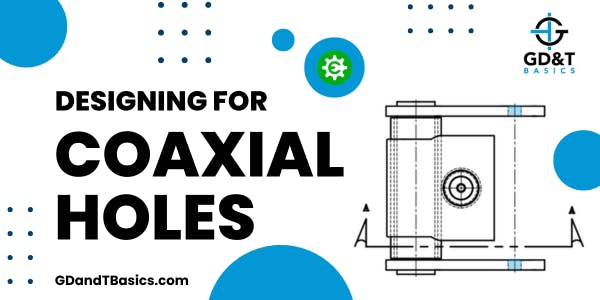
In this Question Line video, Jason reviews a submitted weldment drawing and demonstrates how to calculate the position tolerance needed for a zero-clearance fit in the worst-case assembly scenario, ensuring that the shaft can pass through two coaxial holes.
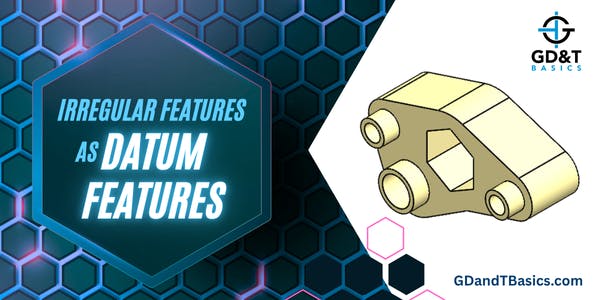
In this Question Line video, Jason explains how an irregular feature like a hexagon can serve as a primary datum feature and discusses how this part could be inspected – touching on gage design for manual inspection and point cloud analysis using a CMM.
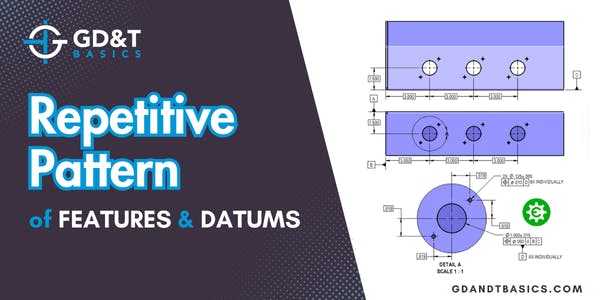
In this Question Line video, Jason discusses how to control a repetitive pattern of features with respect to a more central datum by using a “#X INDIVIDUALLY” note in conjunction with a datum feature.

In this Question Line Video, Jason walks through a submitted drawing and clarifies how the feature control frames define the location and orientation of the tolerance zones for the profile of a surface control.

In this Question Line video, Jason reviews a submitted drawing that attempts to locate two parts relative to each other and explains how to choose the correct GD&T tolerances to support the intended function.

In this Question Line video, Jason compares flatness directly applied to a surface associated with a feature of size against flatness applied to a feature of size.

In this Question Line video, Jason introduces ASME Y14.8 and explains how to apply + or - DRAFT to size dimensions, using examples to show how to find and handle tolerances for draft features.

In this Question Line video, Jason explains how to calculate the flatness tolerance of a surface for a given example based on the size tolerances and Rule #1.
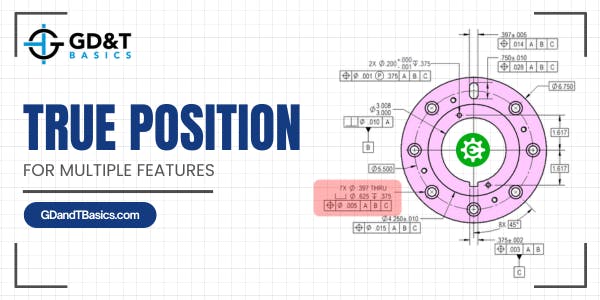
In this Question Line video, Jason walks through an example where one feature control frame is controlling position for multiple features and identifies where this practice is outlined in the ASME Y14.5 spec.
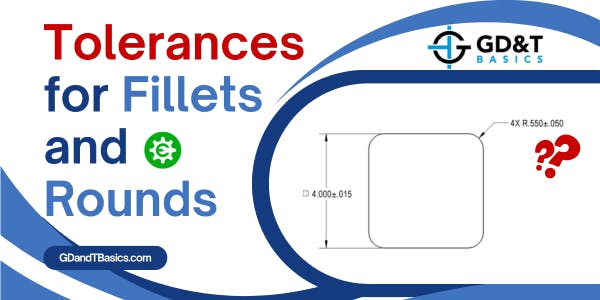
In this Question Line video, Jason discusses applying tolerances to fillets and rounds, explaining why applying profile of a surface allows more direct control of the size and form than using +/- tolerances.

In this Question Line video, Jason discusses a user submitted drawing, explaining options for controlling profile of a pattern of surfaces.
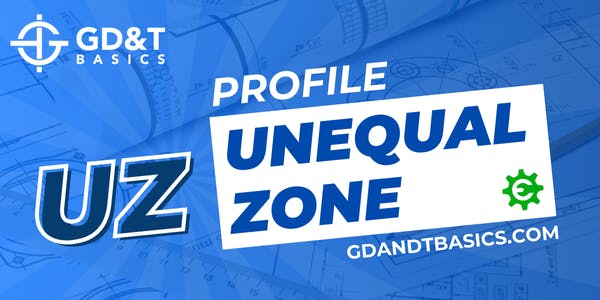
In this Question Line video, Jason discusses the ISO Unequal Zone (UZ) modifier, which is similar to the Unequally Disposed modifier of the ASME standard. He walks through an example where the UZ modifier is included in a feature control frame controlling profile of a surface and discusses how this impacts the tolerance zone.